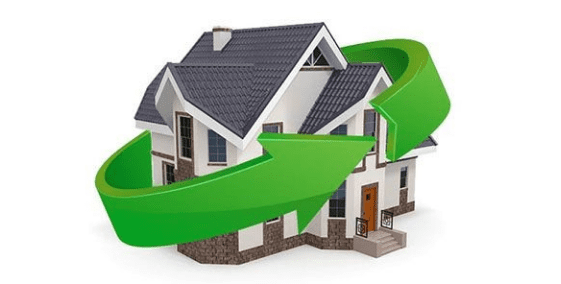FINANCING OPTIONS FOR RENTAL PROPERTY
March 22, 2021

Many investors are now finding that rental property can be an excellent way to create wealth. If you are considering getting involved in rental property investing, it is a good idea to educate yourself as much as possible. First, you need to find out what it takes to become qualified to purchase an investment property because it is somewhat different than becoming qualified to purchase a regular home.
One of the reasons for this is the fact that a significant number of investors either walked away from properties or declared bankruptcy during the early 1990s. While you should certainly not be punished for someone else’s problems, neither do lenders want to be left holding investment properties. Therefore, it is important to understand that the requirements for being approved for a mortgage on rental properties are somewhat different from what you may be accustomed to.
While a home can often be purchased with a minimum down payment, especially if you are a first-time home buyer this is often not the case with rental property. Many lenders require a minimum down payment of 15%.
There are many different sources you can tap into for possible financing. These options include:
- Mortgage broker
- Local savings
- loans or bank
- Private lender

Regardless of which option you choose, you will find that most lenders will want to be assured that you will have enough rental income in order to cover not only the mortgage payment but also other expenses such as insurance, taxes and maintenance. Depending on the amount of income that will be provided from the property, some lenders may require a larger down payment.
There are also different types of loans which you can use to finance the purchase of a rental property. One option would be a residential loan. This type of loan can be used to purchase from one to four units. The exact options that are open to you often depend on whether the property will be owner occupied.
Another option would be a commercial loan. This is an option when the property is five units or more or it will be non-owner occupied. Due to the fact that it is a commercial loan, it is often far different from a residential loan in regard to terms and requirements. One of the main differences between a commercial loan and a residential loan is the fact that fees and rates are frequently higher on a commercial loan. A larger down payment is also often required. The down payment on a commercial loan typically runs between 25% and 35%. While there are some lenders who may be willing to agree to a higher loan to value ratio; the requirements for qualifying for such loans are usually more stringent. The lender will also carefully examine the ability of the property to generate a cash flow that will allow you to repay your loan. As a result, the lender will normally examine the property to ensure it can provide an income that will not only allow you to cover the mortgage payments and other expenses but also provide enough of a cash flow that you will have additional income to place into a reserve account.

Private party lending is another option for many prospective investors. One option would be to approach the current owner about seller financing. With this option the owner carries back the loan for a down payment and fair interest rate. You may find that you can save lending fees with this option and may also be able to take advantage of making a smaller down payment.
Another option would be what is known as a hard-money loan. This is a type of short-term financing where a third-party takes a loan to assist the investor with purchasing the property. Generally, this type of loan involves a higher interest rate due to the fact that the buyer has poor credit or because the property is in disrepair and requires extensive renovation.
Regardless of which financing tool you choose, remember that there is always the option to refinance at some later point to obtain a better rate and terms.
Written by Savvy Sapphire xx
